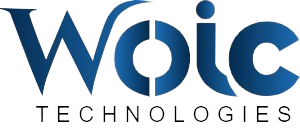Search Engine Optimization (SEO) is the practice of improving the visibility and ranking of a website or webpage on search engine results pages (SERPs) to drive organic (non-paid) traffic. SEO involves a series of techniques and strategies that aim to make a website more attractive to search engines like Google, Bing, and Yahoo. Since search engines use complex algorithms to rank content based on relevance and quality, effective SEO ensures that a website appears higher in search results for relevant queries.
SEO is typically divided into three main components:
1. On-Page SEO:
This focuses on optimizing the content and structure of a website to make it more understandable and attractive to search engines and users. Key on-page SEO elements include:
- Keyword Research: Identifying relevant keywords or phrases that users are searching for and strategically placing them within content, titles, headings, and meta tags.
- Content Quality: Creating valuable, informative, and engaging content that meets the needs of the target audience. Search engines prioritize high-quality, original content.
- Title Tags and Meta Descriptions: These HTML elements provide a concise summary of the content on a page and influence click-through rates from the SERPs.
- Internal Linking: Linking to other pages on your website to help search engines crawl your site more effectively and improve user navigation.
- URL Structure: Ensuring that URLs are short, descriptive, and include relevant keywords to make it easier for search engines to understand the content.
- Mobile Optimization: Since most searches are now conducted on mobile devices, a mobile-friendly website is critical for SEO.
2. Off-Page SEO:
Off-page SEO involves activities that happen outside the website itself, focusing on building the site’s reputation and authority on the web. Key off-page SEO techniques include:
- Backlinks: Gaining high-quality backlinks from authoritative websites is one of the most important factors in SEO. Backlinks act as endorsements of your content’s credibility and relevance.
- Social Signals: Although the direct impact on rankings is debated, sharing content on social media platforms can help increase visibility, drive traffic, and indirectly improve SEO.
- Online Reviews and Reputation Management: Positive reviews and feedback from users and customers can improve trust and rankings, especially for local SEO.
3. Technical SEO:
Technical SEO focuses on improving the backend of a website to ensure that search engines can crawl, index, and render it properly. Important aspects of technical SEO include:
- Website Speed: Faster websites provide a better user experience and are favored by search engines. Optimizing images, reducing server response times, and using caching can help.
- Crawlability and Indexability: Ensuring that search engine bots can crawl and index the site effectively is crucial for ranking.
- XML Sitemap: An XML sitemap helps search engines understand the structure of your website and find all the pages that need to be indexed.
- SSL Certification (HTTPS): Secure websites (with HTTPS) are given preference by search engines over non-secure sites (HTTP).
- Structured Data and Schema Markup: Adding structured data helps search engines understand the context of content and can enhance search results with rich snippets (e.g., star ratings, product prices).
SEO Strategies and Trends:
Effective SEO requires staying up-to-date with evolving algorithms and user behavior. Some current trends and strategies include:
- Voice Search Optimization: With the rise of virtual assistants like Alexa and Google Assistant, optimizing for voice search with conversational keywords is becoming essential.
- User Experience (UX): Search engines are increasingly factoring in user experience signals like bounce rate, time on site, and user interactions.
- E-A-T (Expertise, Authoritativeness, and Trustworthiness): Google’s focus on E-A-T signals that content should be created by experts and published on trustworthy websites to rank higher.
Conclusion:
SEO is a long-term strategy that requires ongoing effort, content creation, and optimization to ensure that a website ranks well on search engines. By combining on-page, off-page, and technical SEO techniques, businesses can drive organic traffic, enhance their online presence, and improve conversion rates. As search engine algorithms continue to evolve, keeping up with best practices is key to maintaining a competitive edge in search rankings.



